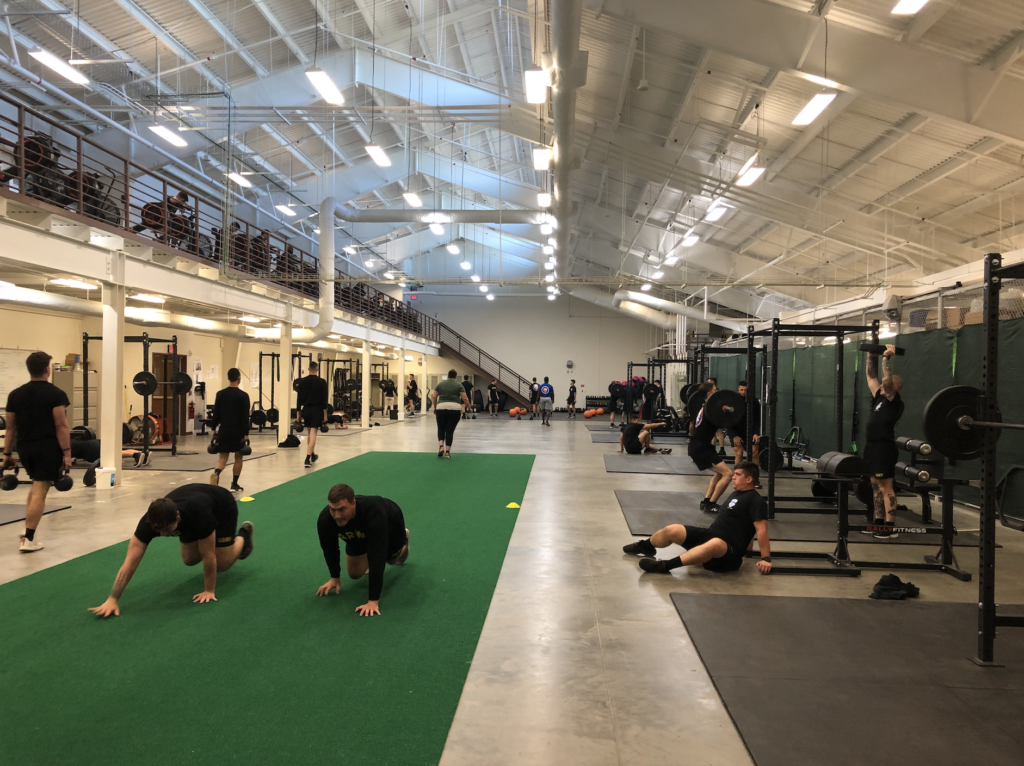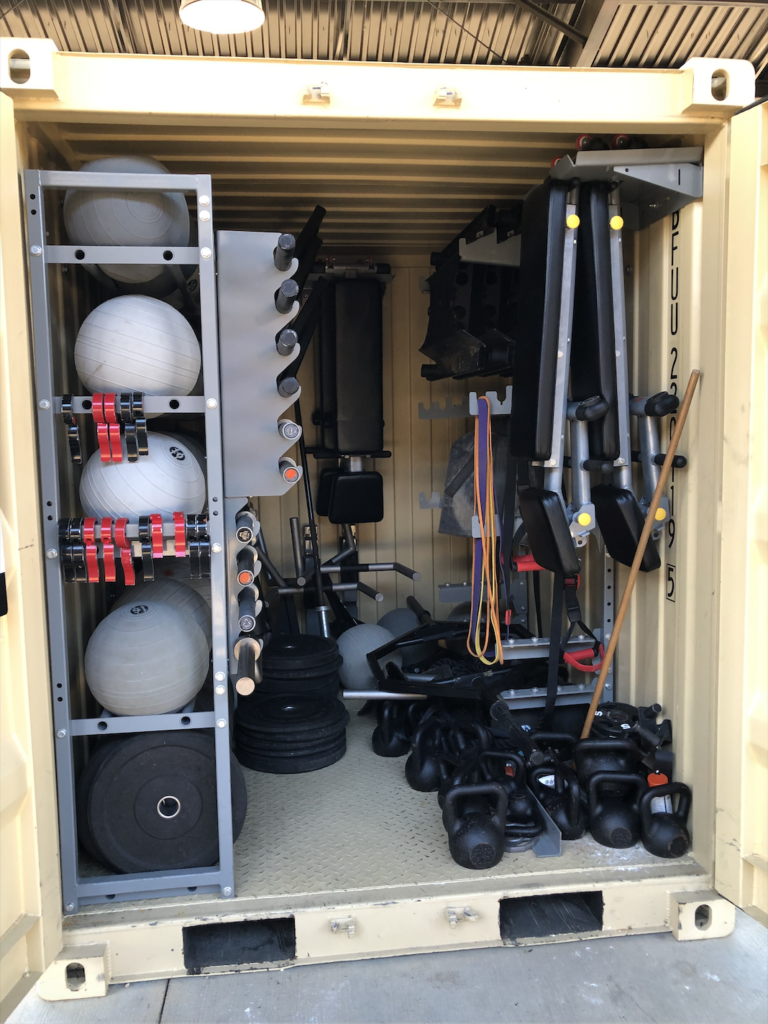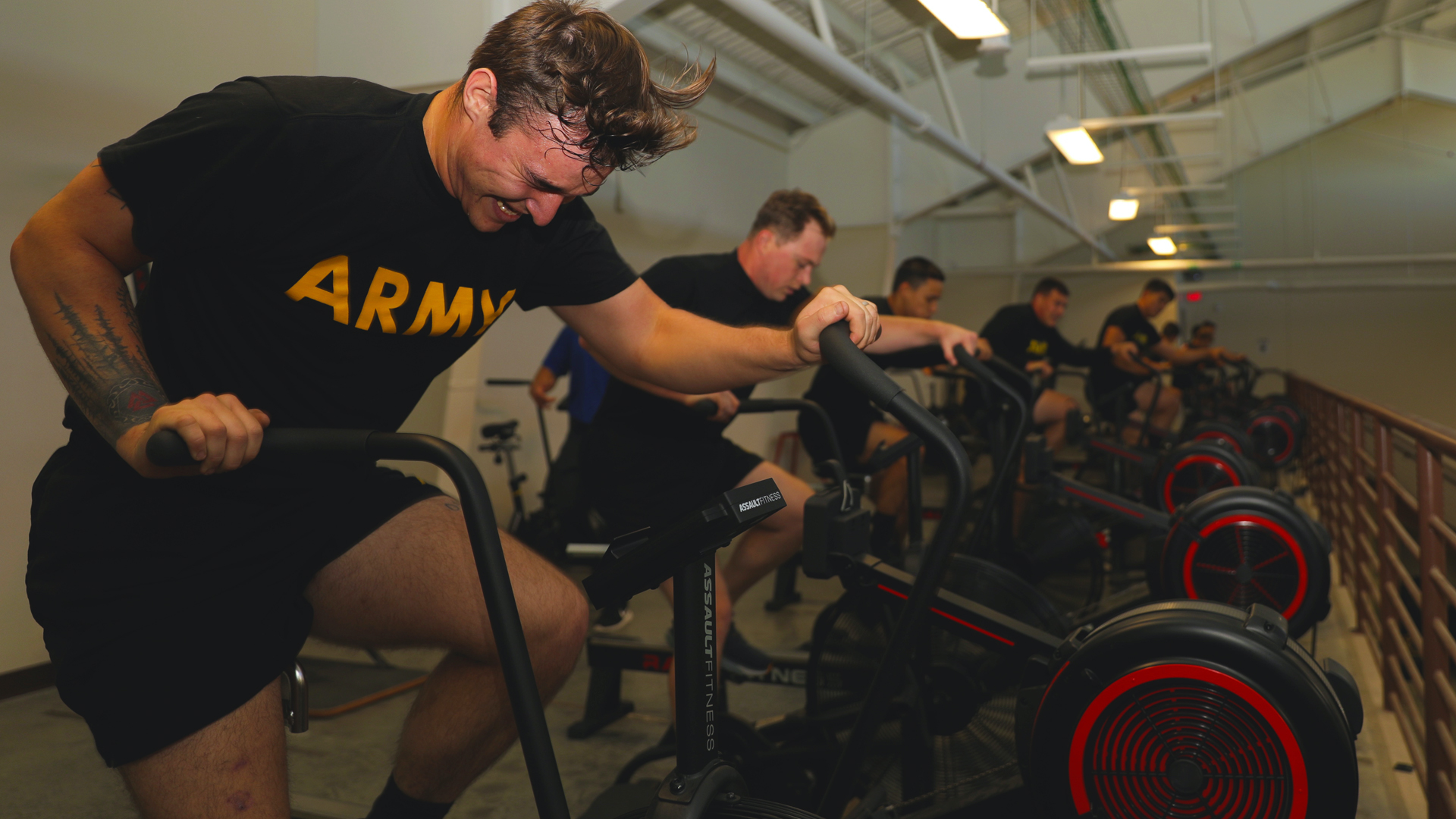How the US Army’s Holistic Health and Fitness Program prevents injuries
[ad_1]
It seems that the “some Motrins should do it” era in the army may be nearing its end.
“My sergeant major right now, they hurt. Their bodies hurt, â€Col. Phillip Kiniery, commander of 2nd Brigade Combat Team, 82nd Airborne Division, told Task & Purpose last week. “I need to make sure that the next group of leaders and high-ranking army leaders don’t feel like I’m feeling physically. That they are healthy … I wish we would have thought that way when we went upstairs. ”
The 4,500-soldier brigade is part of an effort to combat injuries early on and give soldiers more access to physical and occupational therapy through the Army’s holistic health and fitness program, which was announced in 2017 and officially included in Army policy last year. It focuses on total wellbeing, not just physical fitness, and calls for mental and spiritual wellbeing, enough rest, good food, and just taking care of yourself.
Referred internally as H2F, the holistic health and fitness program encourages soldiers to take better care of their minds and bodies, rather than just overcoming the pain after an injury, and emphasizes learning how to exercise properly. And at least one brigade commander is hoping that with this kind of change, the next generation of army leaders won’t experience the same aches and pains as everyone else she to do. However, this requires a certain level of humility from leaders.
“That’s what I fight for every day: ‘We’re the 2nd Brigade, 82nd, we’re going to fight all over the world, we’re the 82nd Airborne Division,'” said Kiniery. “How hey Sergeant, I got it. You can kill anything, you can jump out of any plane, but just stop and listen to this strength trainer because you’re doing it wrong. ”
While the program could bring positive change to Soldiers everywhere, it will likely take years to roll out Army-wide. There are currently 28 Army Brigades at Fort Bragg, Fort Drum, Fort Polk, Fort Bliss and Joint Base Lewis McChord that have started implementing the holistic health and fitness program. In 2023, the Army will begin expanding to 10 more brigades per year for the next 10 years.
Kiniery, whose brigade was one of the first Army units to begin integrating coaches and health workers, led Task & Purpose through the brigade’s training center) office, equality office and pastoral office, as well as a sports medicine clinic, nutritionist and gym on October 18. It serves as a place where “a paratrooper can come to a place … and ideally get any help” he needs, he said.
In the brigade’s training center, a converted office building called the Falcon Holistic Health and Fitness Center, civilian strength trainers and trainers in blue Under Armor shirts are easy to spot. Kiniery suggested the uniform to give the feel of a professional athletic training program while also making it clear who soldiers could seek help from. The idea of ​​training soldier athletes is omnipresent. When professional athletes do physiotherapy and train with coaches, you think why can’t soldiers?
“I think part of it is that the athlete, the professional athlete, thinks this thing is cool,” Kiniery said of Soldiers.

Jessica Johns, an Army veteran and director of the brigade’s H2F program, noted that holistic health and fitness was a relatively new concept and said she and her team worked to get commanders and units to “understand as we do in their training plans. ”
The intent of the holistic health and fitness program is to see soldiers no longer “as copies of one another†but “as individuals,†said Maj. Gen. Lonnie Hibbard, the former commandant of the Army Center for Initial Military Training last year. Army leaders envision a world where soldiers are given training programs tailored to their individual needs rather than using a one-size-fits-all approach.
Ideally, soldiers undergo physical training that will help them selectively excel and advance to the next level of their training while avoiding injuries and, if not avoided, rehabilitating them quickly and efficiently. The individual training takes into account not only where you are physically and how you can improve, but also mentally. Do the soldiers sleep enough to be able to recharge from the previous day? Is there anything that bothers you, something that has become a kind of mental block in your training that you can discuss with the chaplain? Some units even use yoga as a way to practice mindfulness and centering.
And then comes the nutritional aspect. It’s not just about eating right, although that’s a big part of it; The brigade’s nutritionists also keep track of the training calendar so they can go to units and measure the soldiers’ fluid intake to ensure they are drinking enough water, for example, before a long march. It’s unclear what exactly the hydration rating involves, but Johns emphasized that even the slightest dehydration can “hugely decrease your performance.”
Unlike typical Army units, the 2nd Brigade has direct access to trainers and physical therapists so soldiers don’t wait in a clinic or need referrals, Johns said. In fact, they have almost 24 hour access to care. And this type of access will help them safely and effectively train for the Army Combat Fitness Test, which is more physically demanding than the Army Physical Fitness Test, which includes push-ups, sit-ups and a two-mile run.

Kiniery recalled running with his father as a child while serving at Fort Bragg. And when he was company commander in Bragg himself, Kiniery said: “Everything we’ve done” [was] Run. ”
“That’s just not right,” he said. “It hurts.”
The Army has introduced new exercises with the Army Combat Fitness Test, which means the service has to work harder to avoid injuries, according to Kiniery, especially when younger soldiers are trying to lift heavier weights than they should or with improper form. The gym at the exercise facility, which is open 24/7, is only available to soldiers in squads – they cannot use it alone – and requires that they have a weight trainer with them to monitor their workouts, Kiniery said.
“That’s why they’re here, literally to train,” said Johns. “To reverse evolve when needed, scale where it needs to, and then for those who are at a more elitist level, try to take them to the next level.”
Johns said the coaches were there to help soldiers “lay those foundations” to excel in the ACFT and “build the aerobic foundations and strength while these soldiers went for training.” [Army Physical Fitness Test] were just training for push-ups and running. â€The trainers also hold courses specifically for pregnancy and postpartum training, which Johns says has been“ really successful â€so far.
But the training also extends outside the brigade building, where soldiers can find a number of large boxes full of fitness equipment, much like ACFT machines are stored. Kiniery said soldiers and their team can use the gym-in-a-box at any time.

While the holistic health and fitness approach is supposed to provide better care for the soldiers, the army doesn’t just do this out of the goodness of the heart. The service has a personal interest in keeping soldiers in the best possible physical and mental condition: a healthy and happy soldier is more likely to stay on duty.
Kiniery said he met “incredible” NCOs who decided to leave the service because their bodies were worn out. You can’t “keep up with the guys” or “can’t jump out of a plane” during runs, Kiniery said of Walking Forward.
The only reason these soldiers leave is because “we just knocked them down, we didn’t figure it out,” Kiniery said. “We grew up in an environment where we just made her put on a 150 pound backpack and walk all the time. … and it takes a generation of [noncommissioned officers] going through this and everyone is moving forward somehow. Then it will be the rule. ”
More great stories on Task & purpose
Would you like to write for task & purpose? Find out more here and be sure to check out more great stories our homepage.
[ad_2]

